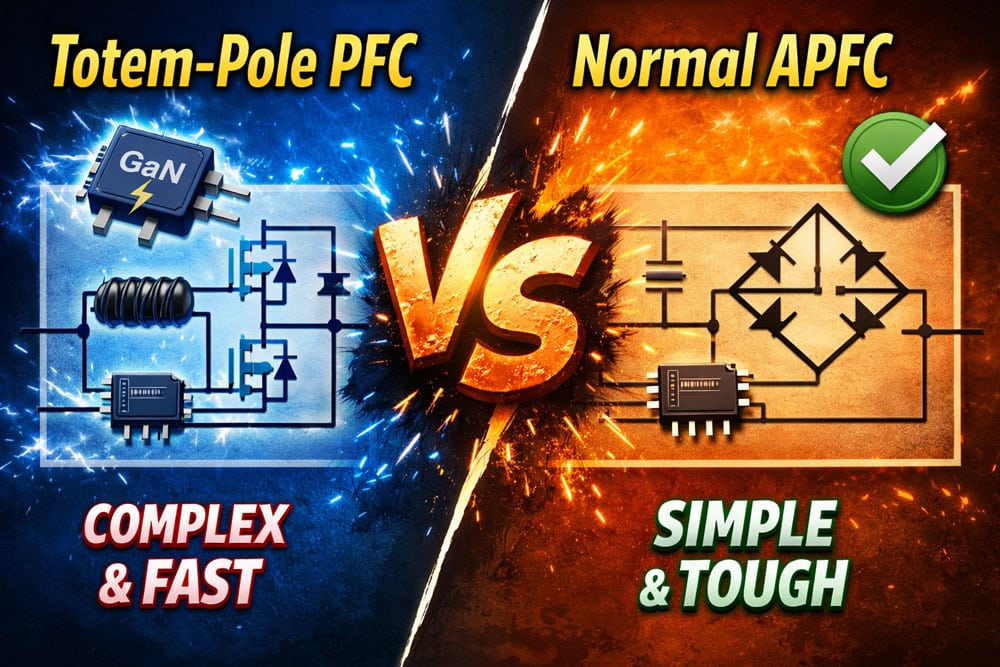The DeepCool PN850D is a non-modular power supply, using, a budget oriented platform by CWT, with codename GPW. Its main feature is the ATX v3.1 compliance, meaning that it can deliver 200% of its maximum power for short period (0.1ms), making it compatible with current and future generation GPUs. To further restrict cost, there are no modular cables, but only native ones.
DeepCool is well known for its cooling solutions, but it has also been highly enrolled in the PSU market for quite some time now.
- DeepCool Assassin IV Review – Can it beat the Noctua NH-D15?
- DeepCool Infinity Series LT720 360mm – The Best Performance AIO
- DeepCool AK400 CPU Cooler Review
- Deepcool PX850G PSU Review
- Deepcool PX1000G PSU Review
- Deepcool PX1200G PSU Review
- Deepcool PX1000P ATX v3.x PSU Review
- Deepcool PX1300P ATX v3.x PSU Review
- DeepCool PN650M ATX v3.1 PSU Review
- DeepCool PN750M ATX v3.1 PSU Review
- DeepCool PN850M ATX v3.1 PSU Review
While DeepCool’s PN-M line uses CWT’s GPX platform, which is below CSZ in terms of cost and performance, the PN-D line uses a more cost-effective CWT platform named GPW. Despite its budget orientation, the GPW platform is ATX v3.1 compliant, meaning it can deliver double its power for a short period (0.1ms).
The DeepCool PN850D is Cybenetics Gold (efficiency) and Standard++ (noise) rated, and it doesn’t feature any modular cables to restrict the production cost. Its cooling handles a rifle-bearing fan by Martech, a not-so-popular fan manufacturer, and its dimensions are compact, thanks to the 140mm depth. With the price tag set at 90 dollars, the PN850D is not what I could call highly affordable, but the ATX v3.1 compatibility requires more tolerant parts, which come at a higher cost, to put it simply.
- Manufacturer (OEM): Channel Well Technology
- Max Power: 850W
- Cybenetics Efficiency: [115V] Cybenetics Gold (87-89%)
- 80 Plus Efficiency: Gold
- Noise [115V]: Cybenetics Standard++ (30-35 dB[A])
- Compliance: ATX12V v3.1, EPS 2.92
- Operating Temperature (Continuous Full Load): 0 – 50°C
- Alternative Low Power Mode support: Yes
- Power 12V combined: 846W
- Number of 12V rails: 1
- Power 5V + 3.3v: 110W
- Power 5VSB: 15W
- Cooling: 120mm Rifle Bearing Fan (DF1202512SEHN)
- Semi-Passive Operation: ✗
- Modular Design: ✗
- High Power Connectors: 2x EPS (2x cables), 3x PCIe 6+2 pin (3x cables), 1x PCIe 12+4 pin (600W)
- Peripheral Connectors: 8x SATA (2x cables), 2x 4-pin Molex (2x cables)
- ATX Cable Length: 540mm
- EPS Cable Length: 740mm
- 6+2 pin PCIe Cable Length: 580mm
- 12+4 pin PCIe Cable Length: 630mm
- Distance between SATA / 4-pin Molex: 120mm
- In-cable capacitors: No
- Dimensions (W x H x D): 150 mm x 85 mm x 140mm
- Weight: 2.1 kg (4.63 lb)
- Warranty: ten-years
- MSRP (excluding VAT): $89.99
Power Specifications
| Rail | 3.3V | 5V | 12V | 5VSB | -12V | |
| Max. Power | Amps | 20 | 20 | 70.5 | 3 | 0.3 |
| Watts | 110 | 846 | 15 | 3.6 | ||
| Total Max. Power (W) | 850 | |||||




Hey. I bought this PSU for my new Pc build which has a rx 9070 xt and a Ryzen 5 9600x. I got it at around 75 dollars ( I don’t live in US so converting it). After reading your review and also noticing the limited reviews available online for this product. I wanted to ask if it’s okay to use this for a year or so after which I would be getting a new PSU so that hopefully it lasts longer. Also is this PSU safe enough so that my other components like GPU don’t get damaged hopefully.
You should use it and it will be fine. No need to spend to buy a new unit from the moment you have this one.
Hi Aris. Please look with more attention on PCB back side, is a broken copper circuit (close to D20). How is that possible? Protection circuit not working on all voltage rail?
Thank you! I will check it. Some of this damage may be inflicted by my engineers.
Yes, it is not working at -12V most likely, but I will look into that, thanks again!
Thanks as always for the review, Aris! This unit appears to be similar to the PM-D except with Deepcool’s square grille pattern; the PM-D has been very affordable in many countries, so it is good to see that it is decent enough to use.
The idea of somewhat budget, high-power and ATX 3.x compatible PSUs is interesting to me because, at least in my mind, by the time you have a 3090 or something else that might justify getting an 850W power supply, your PC should be high end enough that the extra $20-30 for something like the excellent PX-G line might not matter.
Still, I think that especially in the future, there might be a niche for these, as once the 3090 and 3090 ti become older, they will become more available on the used market, which will make them promising midrange options that will still have the same power requirements. I think that something like this can fill that niche very nicely.